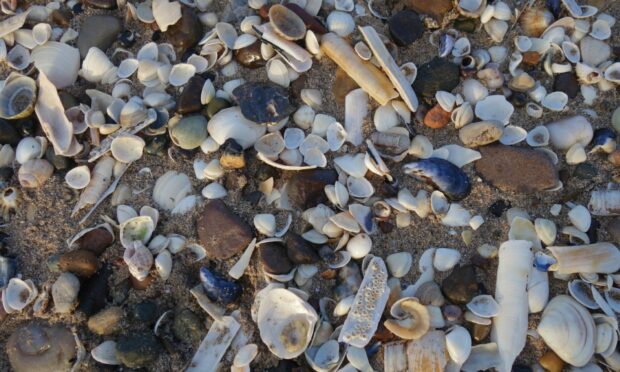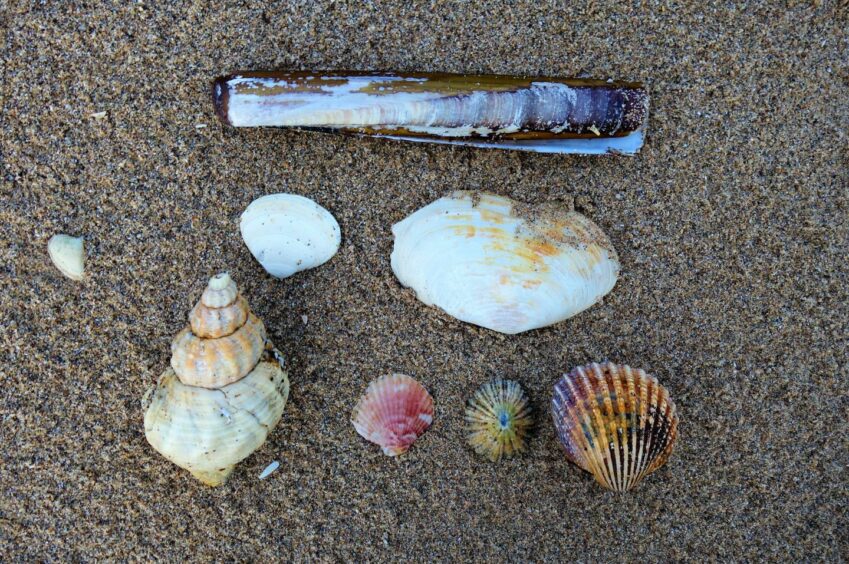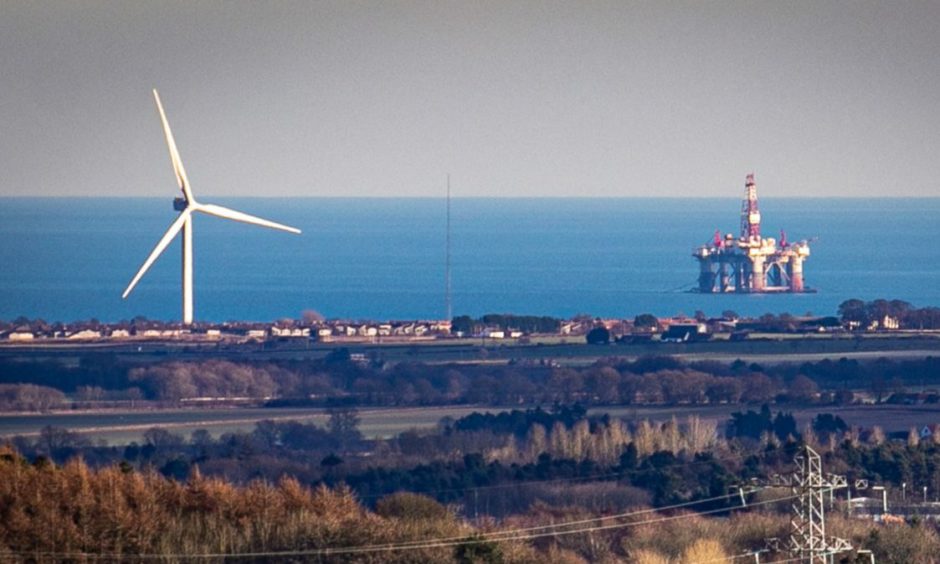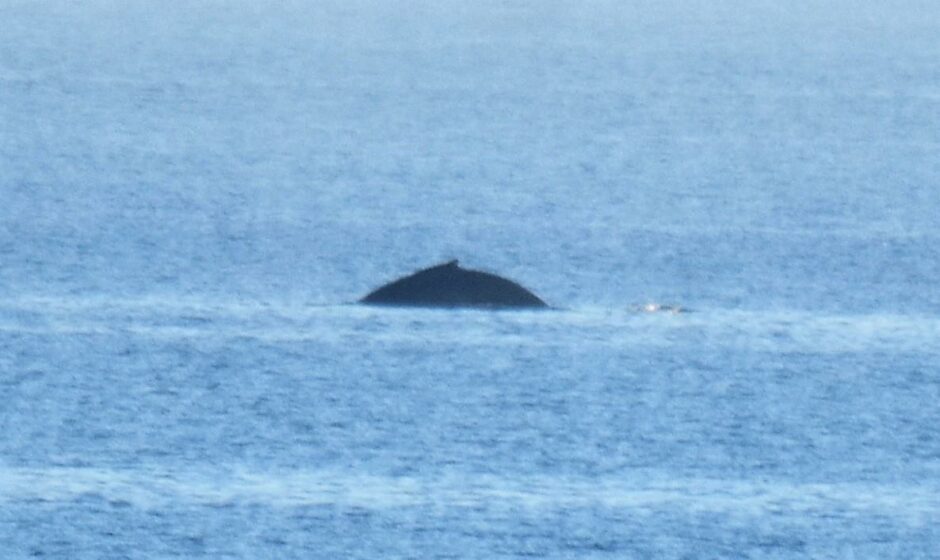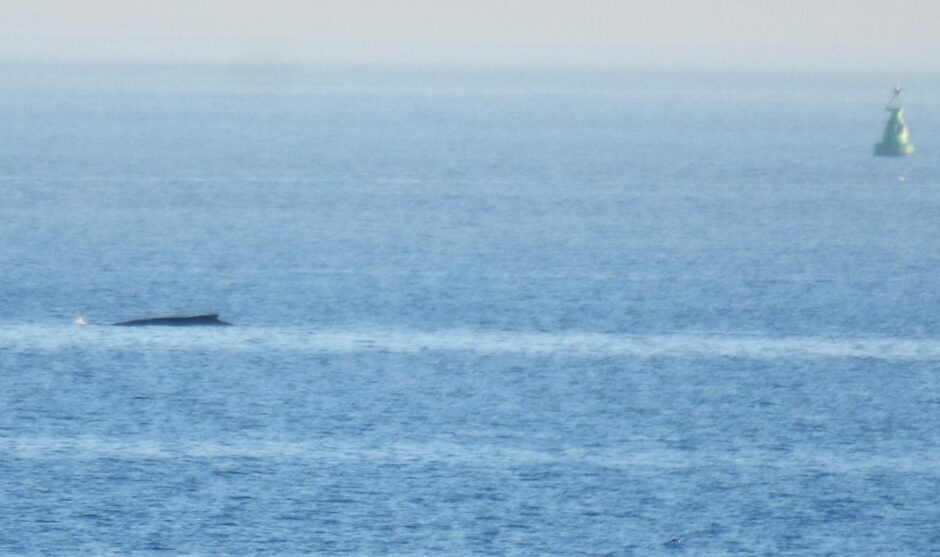There was a perceptible crackling noise as the pressure of my footfall crunched into storm-scattered seashells on the strandline at Largo Bay in the East Neuk.
This was a graveyard of marine life – cockles, surf clams and razor shells, scoured from their homes beneath the sand by the tumultuous power of the ocean.
I wondered whether these shellfish were victims of Storm Arwen, which had hit the east coast at the end of November.
I hunkered down and scooped-up a handful of these half-shells, and then let them gently slip through my fingers.
Each shell was intricately crafted, the elongated razor shells still gleaming with iridescence, and the surf clams exhibiting intricate concentric patterning.
This abundance of molluscs underlined the vast reservoir of marine life held within the sediment of the Firth of Forth.
Although inshore mud and sand can appear barren at first glance, it is often hugely productive and an environmental powerhouse that supports so much else.
Sheer abundance
Coastal sand and mud habitats may lack the diversity of species found on rocky shores, but this is more than compensated by the sheer abundance of those that live within this hidden, secret environment.
These sand creatures, such as cockles, abound in one of the toughest places imaginable, continually pounded by wild storms and surging tidal currents.
They are true survivors and a testimony to the endurance of nature.
As well as the razor shells, surf clams and prickly cockles, there were also the empty shells of whelks, limpets, otter shells and queen scallops on the strandline. It was a wonderful cornucopia of the sea’s riches.
I wandered further along the beach, inadvertently putting to flight a mixed flock of ringed plovers and dunlins.
Out on the sea, eider and scoter ducks bobbed in the undulating surf, frequently diving in search of crabs, mussels and other food.
Humpback whales
I scanned the water further offshore with my binoculars, hopeful I might spot the humpback whale that has been residing in the Forth in recent weeks.
A fortnight previously, I was thrilled to spot this humpback from a vantage point by Kinghorn as it cruised offshore in the shadow of Inchkeith island.
It was a truly magnificent creature, and although some distance away, I could clearly discern the spouting sprays of water being emitted from its blowhole after exhaling from each dive.
The humpback population is slowly recovering in the north-east Atlantic following the decimation wreaked by whaling.
In recent years, individuals have been regularly turning up in the Forth for short periods.
The presence of this whale was an encouraging sign because humpbacks feed on sprats, sand eels and small herring, and its prolonged presence in the Forth presumably meant it was finding an abundance of these nutritious fish.
The Forth is an important nursery ground for young herring, which along with sprats, thrive within the estuary’s protective embrace.
Hopefully, in the years to come, humpbacks will become an even more regular sight in the Forth, acting like leviathan flag bearers of the crucial need to protect our precious seas.
